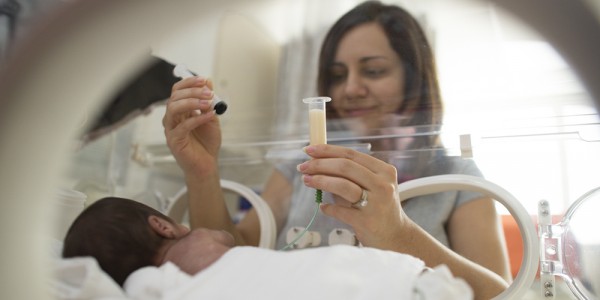A new study has observed that infants who sleep on animal fur in the first three months of life are less likely to suffer from asthma in later childhood.
The study at the European Respiratory Society (ERS) International Congress in Munich suggested that microbial environment in animal skin and fur could have a protective effect against asthma and allergies.
The researchers collected information on exposure to animal skin during the first three months of life, along with information on the health of children until the age of 10 years and information on 2,441 children was used in the study, with 55percent of those included sleeping on animal skin in the first three months of life. The results showed that sleeping on animal skin was associated with a reduced risk of a number of factors connected to asthma. Dr Christina Tischer, from the Helmholtz Zentrum Munchen Research Centre, said that previous studies suggested that microbes found in rural settings could protect from asthma. Tischer added that an animal skin might also be a reservoir for various kinds of microbes, following similar mechanisms as has been observed in rural environments.
Source: Times of India




 Researchers have claimed that babies dying from Sudden infant death syndrome (SIDS) have brain stem abnormalities regardless of whether they were exposed to risks like suffocation or co-sleeping.
Researchers have claimed that babies dying from Sudden infant death syndrome (SIDS) have brain stem abnormalities regardless of whether they were exposed to risks like suffocation or co-sleeping.